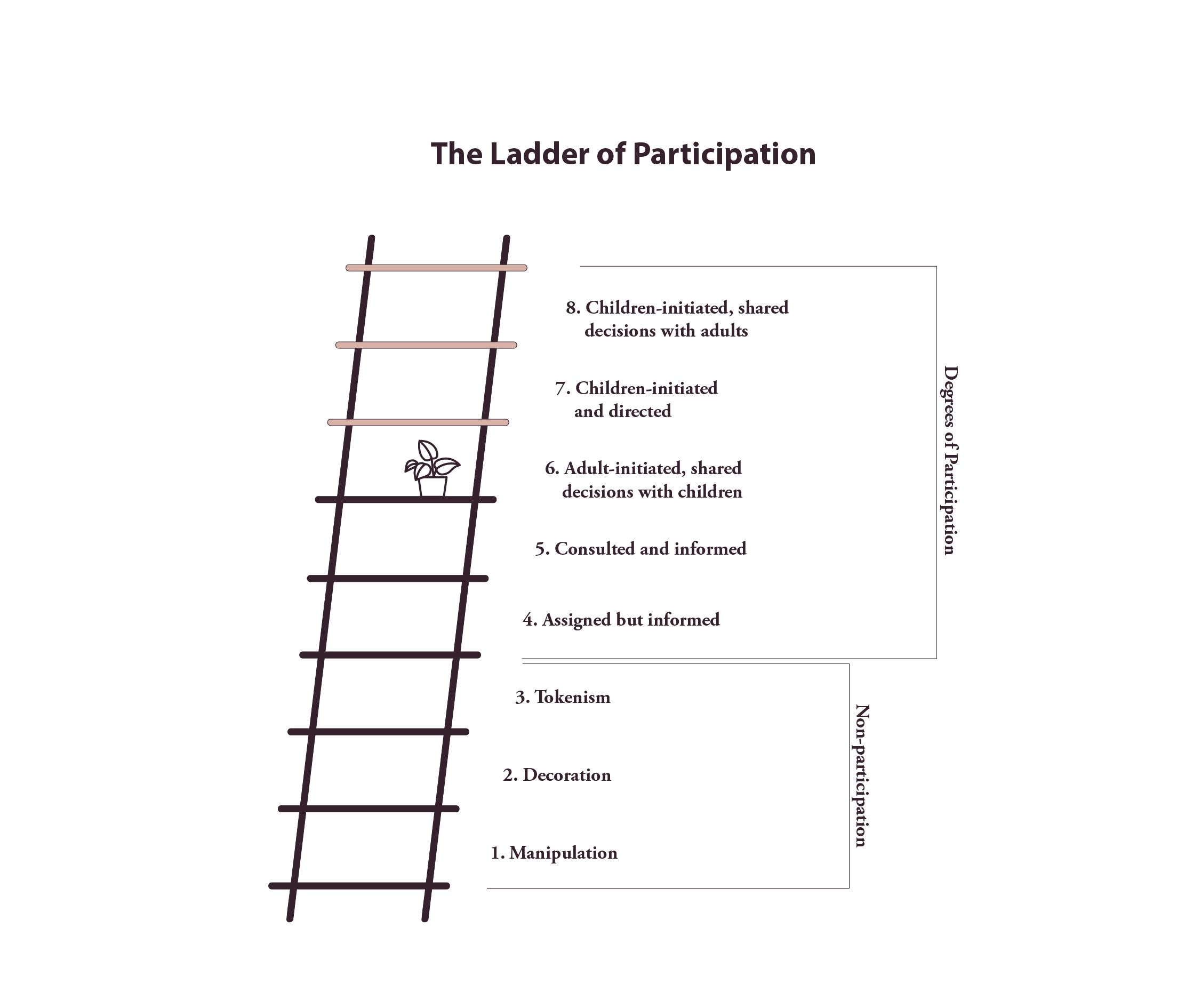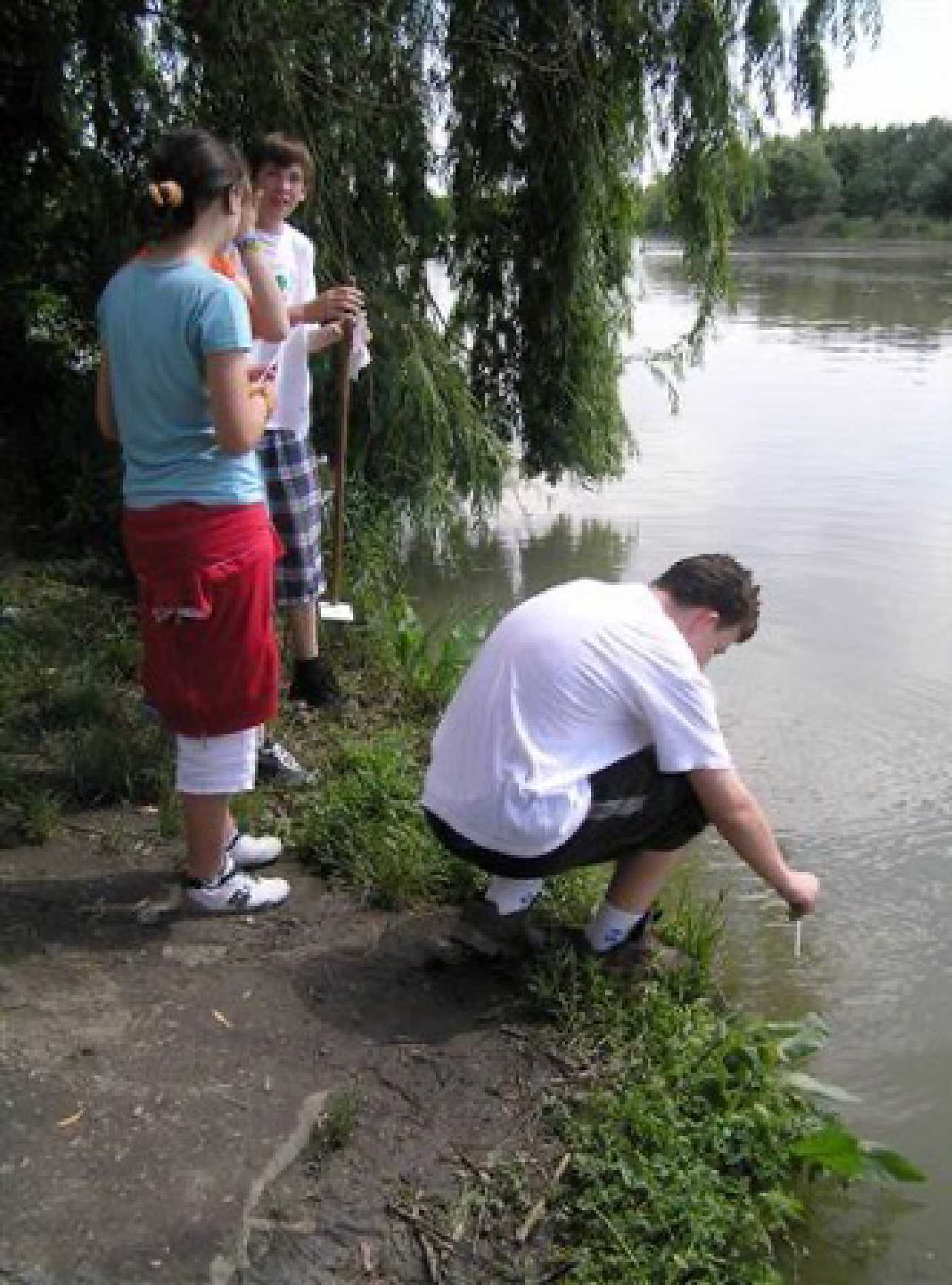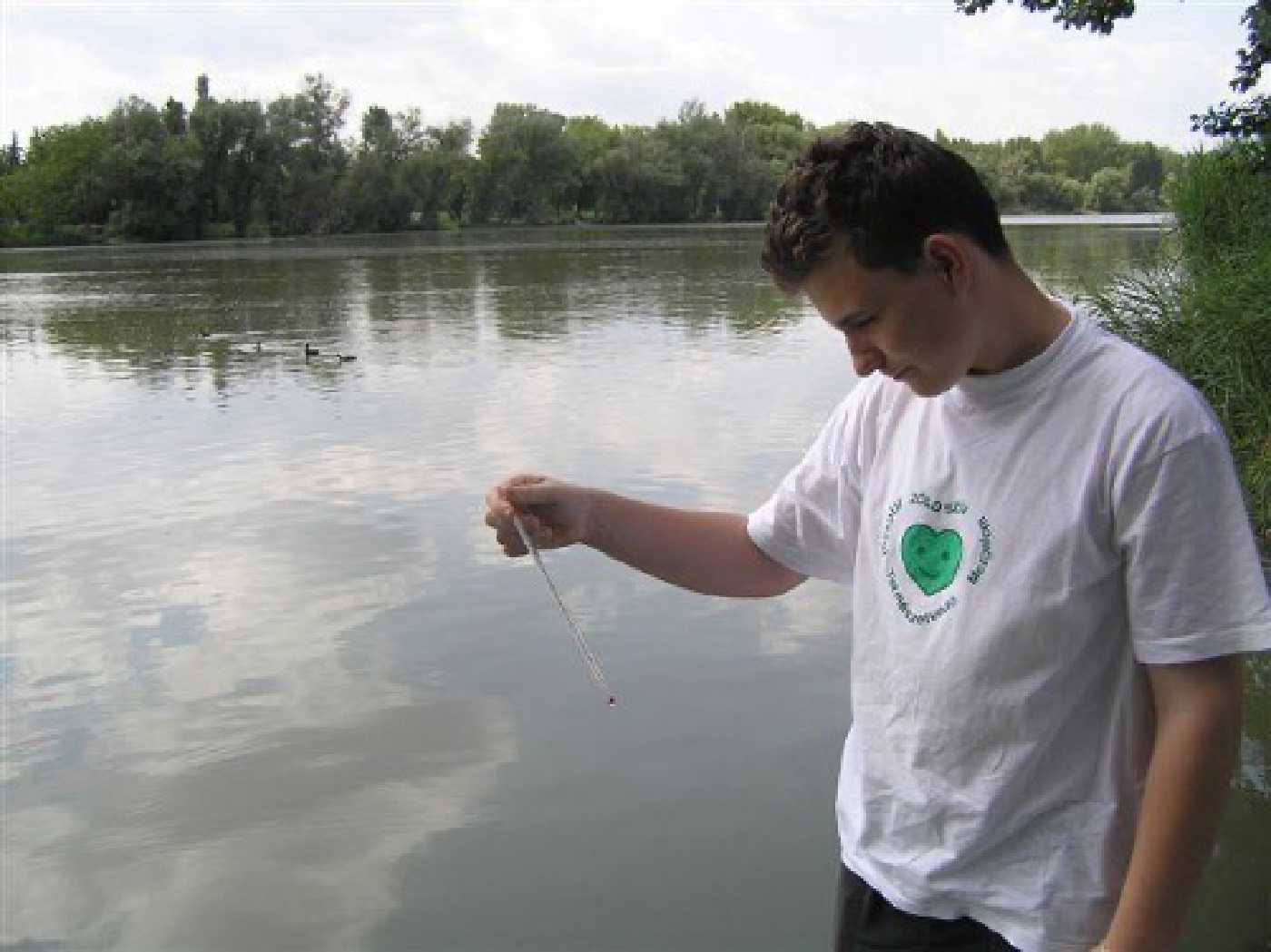River Monitoring Programme - Green Heart Movement
Monitoring rivers with simple water examinations

„If each stream were cleaned of pollution, the river would also be clean and the sea would be cleaner, too.” (an 11-year-old student of Green Heart)
“Garbage thrown into the water is a depressing sight, but even more harmful are the invisible chemical pollution and microplastics that poison the water .” (a Green Heart teacher)


What the reader will learn
- How can we involve 5-14-year-old students in the regular examination, measurement, and monitoring of rivers near their homes ?
- How does the local activity of children get integrated into an international network , and how does this strengthen their sense of environmental responsibility?
- Which characteristics of living waters can children aged 5-14 observe and measure with simple tools ?
Purpose and objectives of the Programme in the context of participatory approaches
The content of the programme is to involve children living in the basins of Danube and Tisza Rivers in a river monitoring network, in regular monitoring of the given living water.
The aim of the Programme is to increase the environmental awareness of the participating children (and their teachers ), to strengthen their love of nature and their sense of responsibility (local patriotism ) in connection with the natural state of their neighborhoods .
In the Program, the children typically participate in groups — together with their school classmates and kindergarten group mates — under the guidance of a teacher.
The programme creates lasting partnerships between children (or schools) operating at different points of the river monitoring network.
Technical terms
There are no technical terms in the programme that require an explanation.
Important pillars and ingredients of the Programme
The Green Heart Youth Conservation Movement was founded in 1989 with the aim of educating children and young people to love nature and protect the environment. Its founder and leader is a primary school teacher (Anikó Orgoványi).
The water testing programme originated from nature walk. In 1990, Green Heart children walked along the nearby Barát creek from its source to the Danube. On this walk, they discovered that sewage with a pungent smell was gushing into the stream through a thick pipe. They found out that a factory was the cause of the pollution. They wrote a letter to the management of the factory, in which they requested an appointment for a meeting. The small group of 10-12-year-olds and their accompanying teacher were welcomed by the factory’s management. A great lesson that emerged: children are more effective negotiators than adults. At the end of the negotiation, the factory’s management promised the children that they would soon build a sewage treatment plant, and they kept their word.
Encouraged by the success, the children suggested the idea that if the waters of all the streams flowing into the Danube could be cleaned, then this would also improve the water quality of the Danube. This is how the idea of the Danube programme “From the Black Forest to the Black Sea” was born. Kindergartens, schools, nature conservation and environmental protection associations in the countries along the Danube — from Germany to Bulgaria — were contacted by letter to join the program. Significant publicity also helped the development of the network; the media reported that Green Heart children from Pomáz visited the measuring groups along the Danube from its source to the southern border of Hungary.
It was also an important event that in 1991 they were invited to Jacques-Yves Cousteau’s research ship, which was currently in Hungarian waters, and on the ship, they were able to report to the scientist about their own results on the Danube network. At that time, professional help was also needed in the organization: this is how a university lecturer of biology and chemistry (Dr. Victor András) came into the program, who developed the worksheet, with which the children have been carrying out simple water tests and measurements ever since.
The observation of water as a topic was brought by chance, but it quickly turned out to be a good topic, because the spiritual attraction to living waters is decisive in both adults and children. Over the years, the “From the Black Forest to the Black Sea” programme has expanded significantly. In 1990, it already extended to a large part of the Danube River catchment area, and then in 1992 to the Tisza River catchment area, which flows into the Danube, and thus Hungarian Green Heart groups in Romania also joined the network. At its greatest extent, the network extended far beyond the borders and the number of children involved in the specific programme reached a total of 1,000.
Risks encountered during the implementation of the Programme
Particular attention must be paid to these observations and measurements to be carried out on the banks of rivers which, itself, can be an accident-prone situation.
Correlation with age can also cause problems, e.g. at what level we interpret the pH. However, this can be avoided, since the topic is not the chemical and mathematical background of pH, but that e.g. has the water become more acidic than it was?
It can be a problem to provide the materials and tools necessary for the tests — their acquisition, supply and delivery to the groups.
Tiredness of teachers can be a psychological difficulty. Carrying out the same series of tests four times a year for years can cause loss of engagement — even if the children change in between. Varying the programs can help with this: e.g. with the World Water Day event or other related nature observations near water.
Approaching the measurement point is a logistical difficulty if there is no watercourse within walking distance in the given settlement. Involving parents can be a solution if transport cannot be easily solved. An alternative can be the examination of stagnant water on site.
Impact on pupils’, students’ competencies
a) The programme develops the following competencies in participating students:
- science examinations (measurements, analyses) executed in real-life situations,
- multi-faceted observation,
- complex interpretation of qualitative and quantitative results,
- experiencing personal involvement,
- assertive discussion skills (e.g. when negotiating with adults).
b) Students typically do not express their own development explicitly, but simply do the activity with pleasure.
Student quotes
“What will happen if all the water on Earth runs out?” (5-year-old preschooler)
“I like water tests the most. In such cases, we can move outside the walls of the school and observe nature, too.” (12-year-old boy.)
“It’s good to see that the water in the river is cleaner every year” (13-year-old girl)
Impacts on the class, school and local community
Observations and measurements are carried out jointly by school classes (or kindergarten groups) or teams of a few people within a class, and this has a community-building effect.
A special improvement of the community results from the fact that the teams investigating at points close to each other (or even far away) of the same river know about each other and each other’s results over a long period of time. This strengthens their shared responsibility for the river.
The local governments mainly participate in the work of the water monitoring schools-kindergartens (teams) by providing assistance in procuring the necessary equipment. Since the programme does not collect data for scientific purposes, it is not officially suitable for water quality purposes.
News coverage on river monitoring measurements and observations in the local in community are very important (e.g. press news, photo or drawing exhibition, requesting help from a municipal representative). That shows that the children have something to do with the environment directly surrounding them.